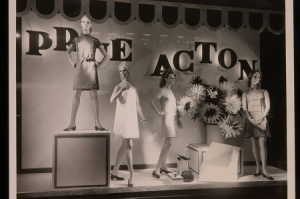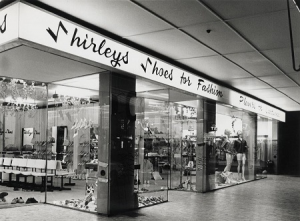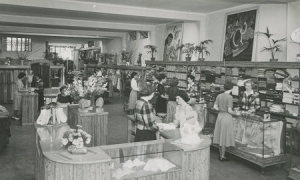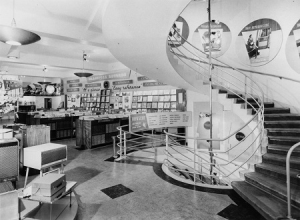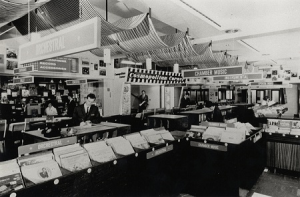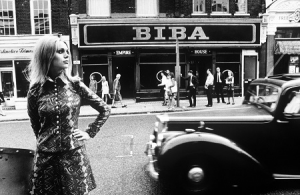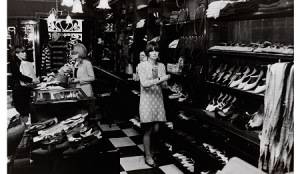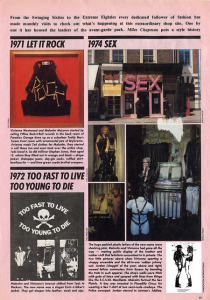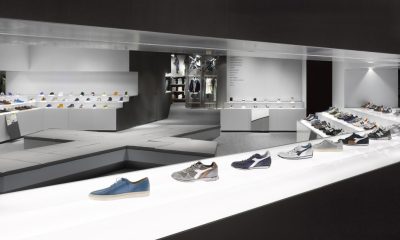Retail Design Strategy: What We Can Learn from the First Branded Stores 50 Years Ago
More than half a century ago, retail was a completely different world. While many products were branded already, shopping was done in department stores, category specific stores (stores selling either shoes, hats, dresses, accessories, books, or electronics, for example), and some of the very few first malls in the US.
Focus on Functionality of Store and Choice of Products
While nowadays stores are designed by retail designers, they were planned by architects at that time. Functionality came first: stores focused on the display of products and had to optimize the use of space and organization of brands. Besides a usually prominent signage at the entrance of the retail store, shopping spaces had no branded elements. Smart lighting concepts did not exist yet – lamps were distributed across the ceiling to evenly light up the room.
Advertisement
The First Branded Retail Stores
Mono-brand and high street fashion stores were non-existent until the 1950s. One of the first successful fashion store concepts was BIBA in London, which could be seen on TV and products ordered the next day. As visible on the picture below, BIBA had an impactful branded facade. The store’s logo was widely recognized and helped to build up the luxury appeal. Part of its success came from the strong social function of the store – people visited and stayed just to been seen and become be associated with the fashionable high society.
Branded Stores as Social Statement
Vivienne Westwood was one of the first to open a store with an overall retail concept. Always choosing a strong theme, the designer’s main purpose, besides selling fashion, was to deliver a strong social message. The store which first opened in 1971 was then called “Let it Rock”, then renamed into “Too Fast to Live, Too Young to Die” one year later and rebranded into “Sex” in 1974.
Advertisement
Store Design in 2017
Interestingly, the commercially most successful stores half a century ago were the ones that were directly associated with an aspired lifestyle or delivered a strong social message, thus had a clear positioning and brand message. This is also true when planning and designing retail concepts today.
Today, branding and the communication of a strong message keep playing an important role in retail design. The products themselves, in comparison with 50 years ago, have a slightly lesser importance. Consumers purchase products because they identify themselves with and support a brand and the brand message. The customer experience and use of technology where customers can interact with the brand and product are additional crucial aspects for retail design concepts.


 Photo Gallery2 weeks ago
Photo Gallery2 weeks ago
 Headlines1 week ago
Headlines1 week ago
 Headlines2 weeks ago
Headlines2 weeks ago
 Headlines6 days ago
Headlines6 days ago
 Headlines1 week ago
Headlines1 week ago
 Designer Dozen2 weeks ago
Designer Dozen2 weeks ago
 Headlines2 weeks ago
Headlines2 weeks ago

